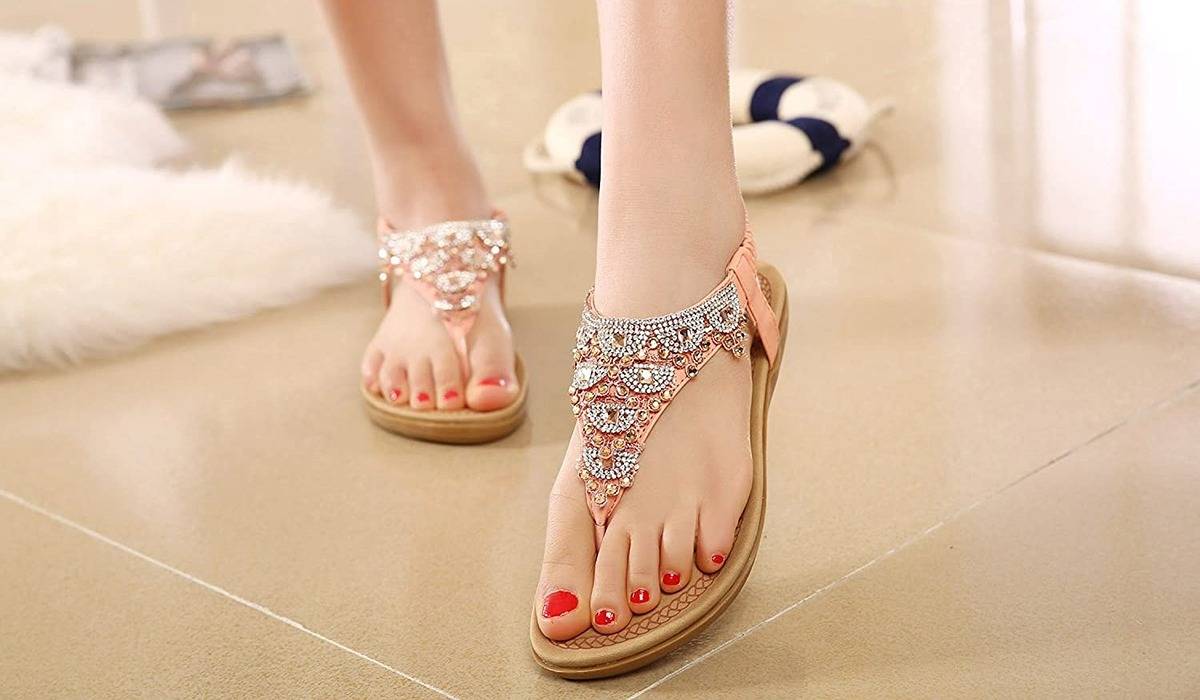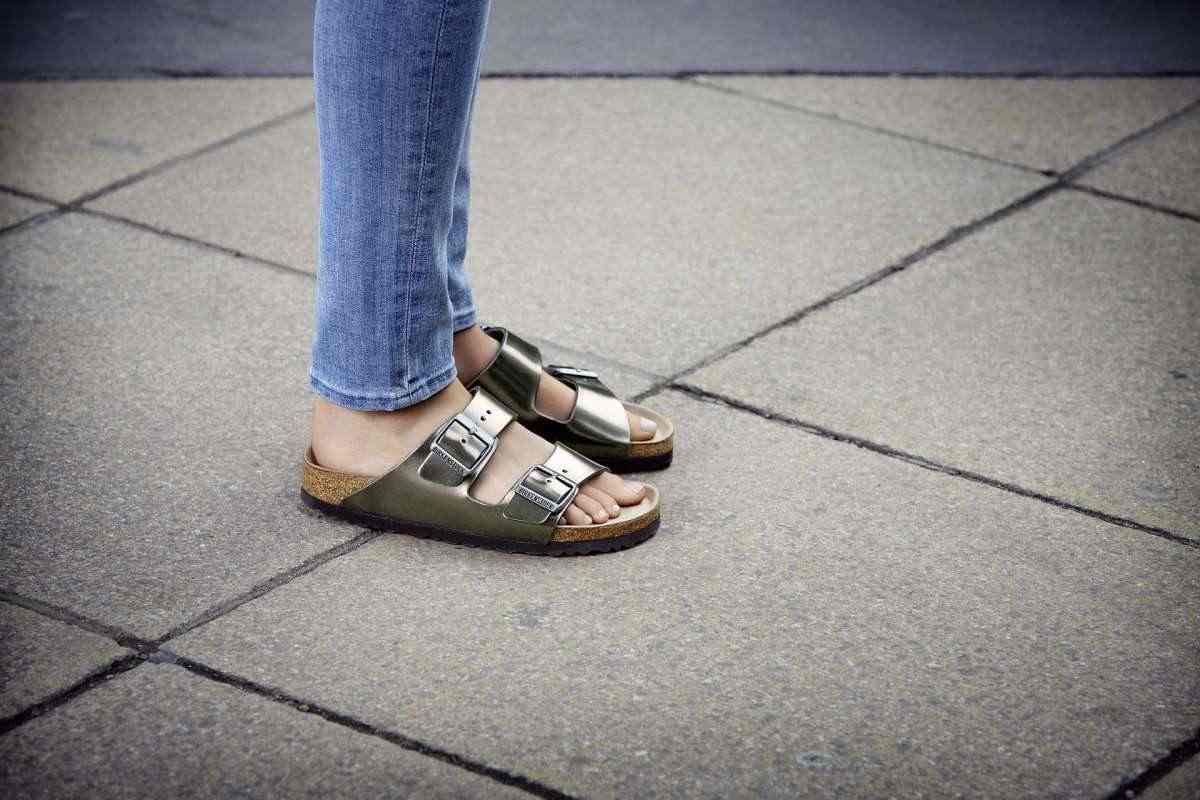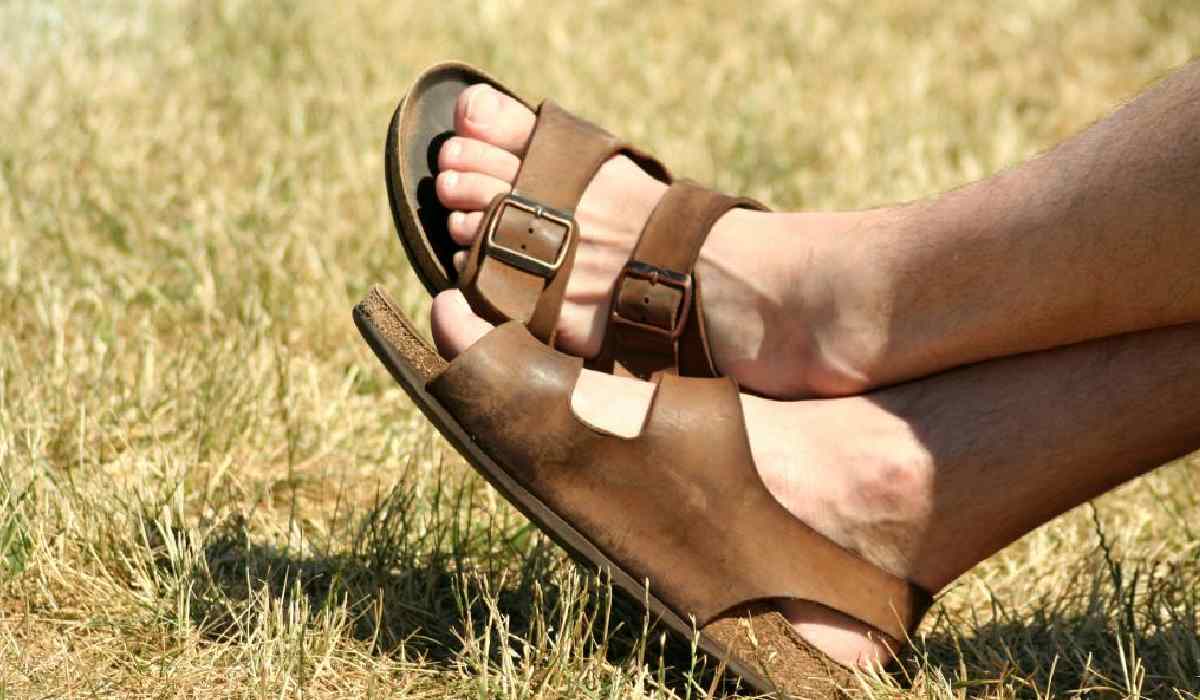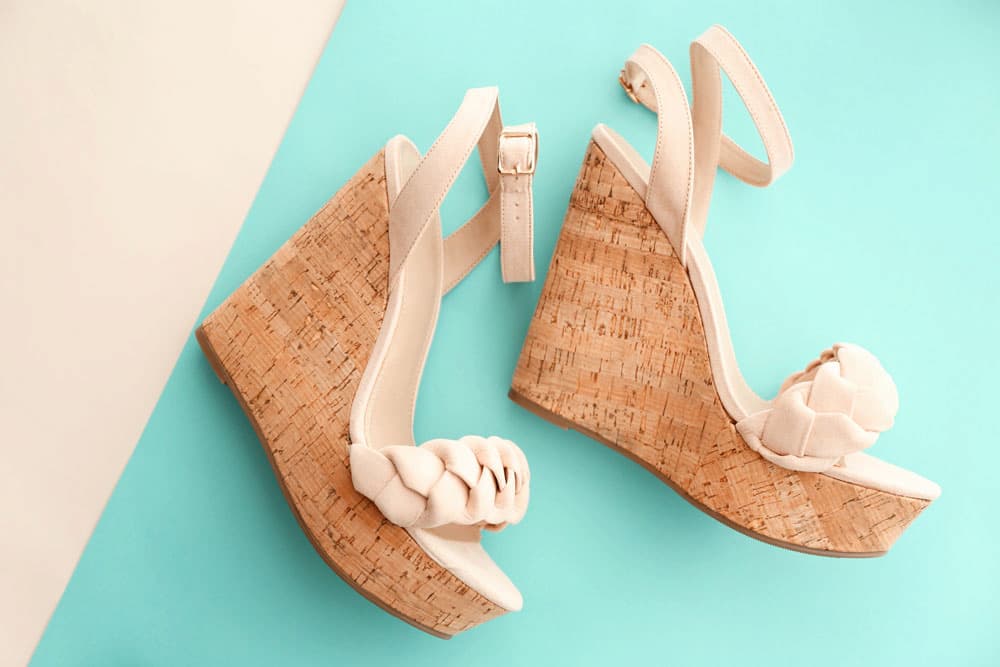Gladiator jelly sandals are making a comeback, but this time they’re more formal than their prior footwear incarnation. everything that you have.
to know about that all womens need such sandals in their life. Lace-up high heels have inundated the runways, with a specific emphasis on a gladiator-inspired design.
Shoewear Appers for the First Time in a Prehistoric Culture
It’s as if the development of sandals has completed a full circle, with simple soles that were once tied to the feet with a rope now serving as the foundation for what we see on the runway. This signifies that the evolution of sandals has completed a full circle.
These were created about the year 10,000 B.C., but it wasn’t until much later that humans began wearing sandals on a regular basis.
Their ancestors may be traced back to the earliest occurrences of footwear. It seems to reason that once some time has passed, people would favor ease and cleanliness.
However, in its early phases, most people preferred to go barefoot since sandals were seen as emblems of a filthy and materialistic culture.

The Greeks are often regarded as the forefathers of footwear manufacturing and use, including sandals and sandals. They had quite different ideas about footwear, thinking that wearing sandals with tight laces distinguished them as mortals from those who dwelled in the underworld.
They were making gorgeous sandals for a variety of purposes between the years of 1000 and 700 BCE. Even though they believed their sandals provided “protection” from a fiery death, the Greeks valued aesthetics above utility when it came to footwear.
Strappy sandals were often constructed of basic materials, but they were embellished with rows of amulets and bright colors to make them seem more remarkable (or cosmetics). Everyone, from warriors to philosophers to courtesans, had at least one pair of sandals.
Classical Period Roman sandalsThe strappy sandal, which had various incarnations in ancient times, seems to have attained its zenith during the reign of the Roman Empire. Even now, this form is the gold standard that shoemakers aspire to duplicate.
Following their conquest of Greece, the Romans are credited with creating the classic gladiator sandal. Metal studs were added to the gladiator sandals’ straps and soles, and an upper was made to boost their longevity.
As a result, the Roman army was able to march for longer periods of time, and the gladiators’ combat abilities increased.
In the Roman arenas, convicts and slaves were employed as gladiators. Those who were lucky enough to survive these horrific battles over a lengthy period of time were eventually allowed their freedom.
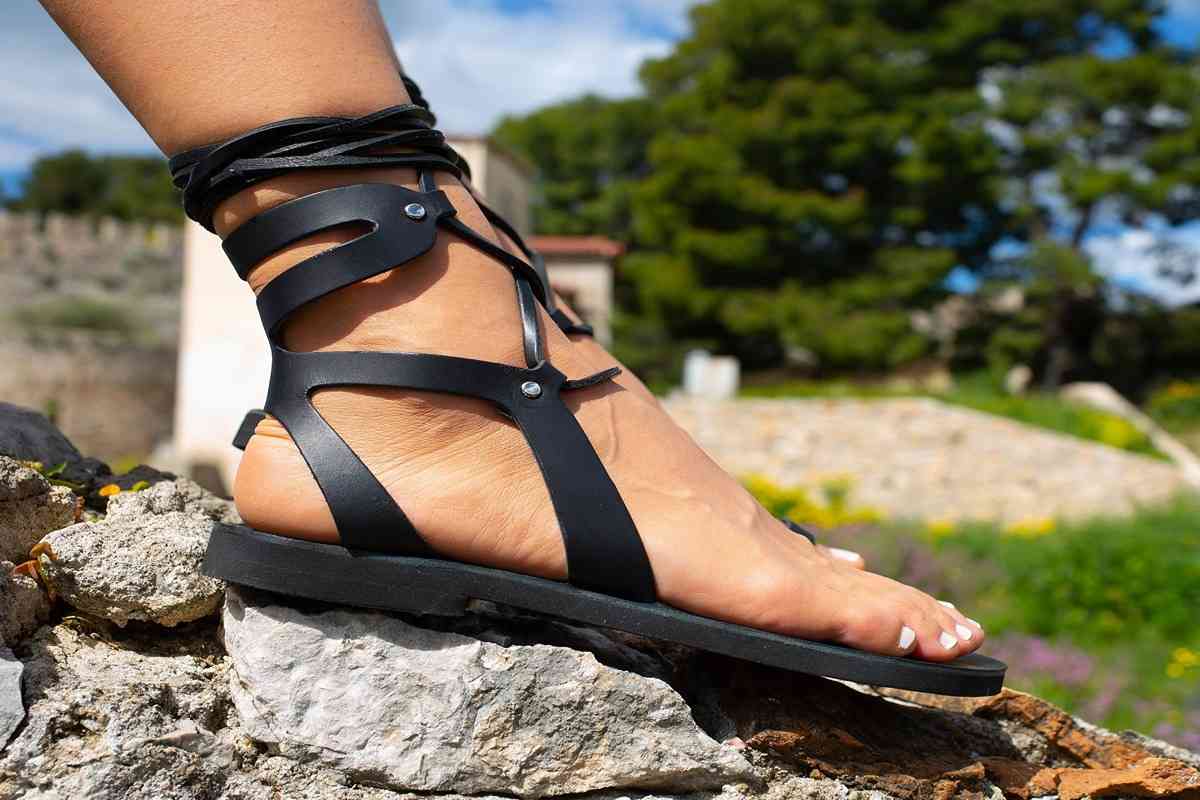
As a result, the footwear they wore became a symbol of power and courage for the Roman Empire, as well as a source of national pride.
Members of the higher classes, wanting to exude these characteristics without participating in a conflict, began making elaborate copies of their own, using colors and decorations that were forbidden to the rest of the population. This was done to assure that they would keep their job despite displaying these characteristics.
Sandal manufacture as an art form all but died for centuries following the fall of the Roman Empire; the gladiator sandal did not reappear in the fashion world until the early twenty-first century.
A new age of sandals has started.
Strappy sandals became increasingly popular in the fashion and beachwear sectors in the early twentieth century. However, the complete gladiator costume did not appear on the runways until the 1960s.
With its snaking straps that stretched all the way up the leg, this daring design matched the short skirt that was popular at the time.
Paco Rabanne’s full-strapped gladiator sandals were featured in a 1968 Vogue fashion spread. Patti Boyd was captured by paparazzi while out and about wearing frayed heels.
Gladiator sandals were a popular choice in the 1960s for people who wanted to show their uniqueness via their attire and were preferred by the counterculture owing to its classical roots and unorthodox design. This updated, high-fashion version of the original design had a significant impact on the trend’s progression.
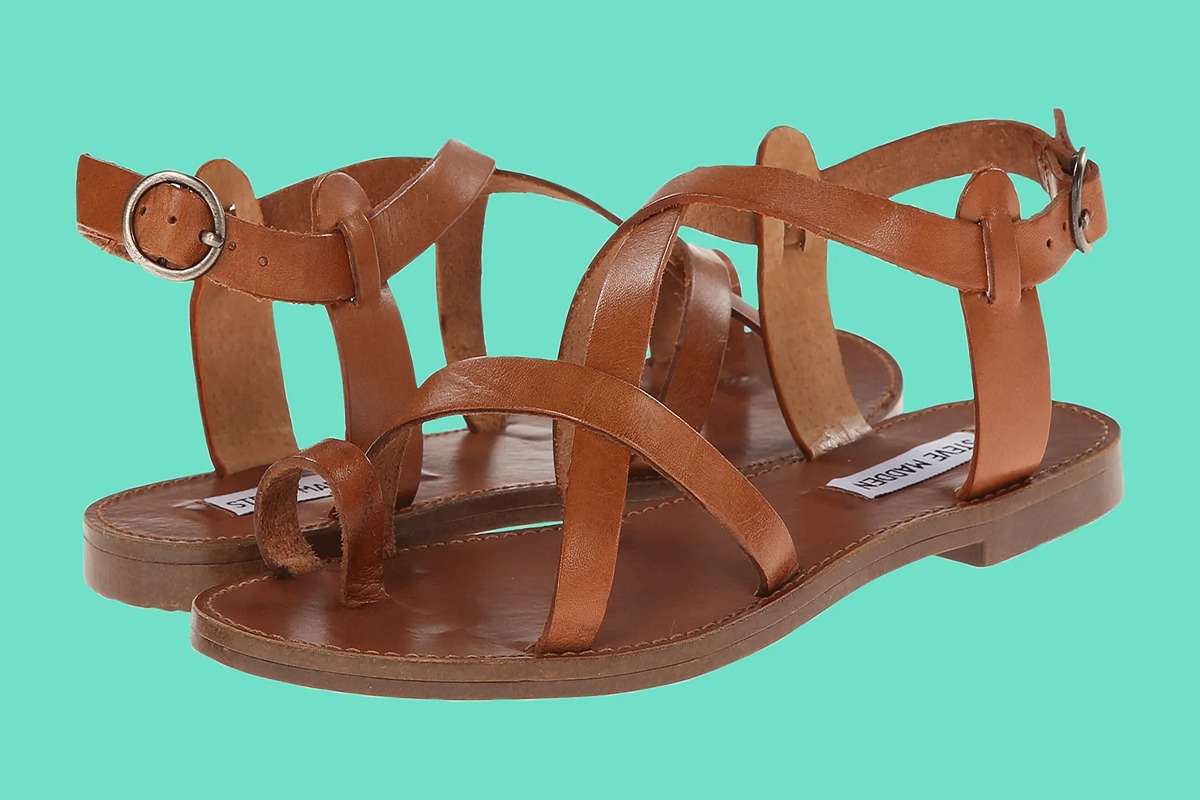
Gladiator sandals were a fashion mainstay in the 1970s. While they had a short rebirth during Gianni Versace’s 1993 Spring collection, which strongly drew on ancient.
Roman aesthetics, their popularity progressively decreased starting in the 1980s and continuing throughout the 1990s. Gladiator sandals would not make a complete comeback for another decade after their first introduction.
Gladiators may have made a resurgence in the early 2000s. Calvin Klein’s Spring/Summer 2002 collection included strappy sandals that worked with practically every ensemble.
The gladiators in this collection established a new standard for sandals design by combining leather, linen, and satin to create an atmosphere of exquisite gentility.
Several designers added their own touch on the gladiator style during the decade, including platform sandals, metallic elements, vibrant colors, and even zippers.
know about gladiator sandals
Gladiator heel sandals are sandals that you don’t know about them very much because of the material and the quality they are produced very well and every lady wearing such sandals is going to be very attractive.
has survived and changed throughout time, with most modern versions including a lace-up front or ankle straps. These sandals are still selling like hotcakes and will most probably be available for at least a few more seasons.
You’ve almost certainly seen them before. You’ve probably heard of or seen Gladiator Sandals at some time. Consider how our descriptive text might make a pair of gladiator sandals seem. A gladiator sandal’s sole is kept in place by a set of thick, crisscrossing straps.

A single, thick strap across the ankle secures the foot. These shoes have a hard sole that is attached to the wearer’s foot through leather cords, straps, or braided thongs. These shoes have been used by gladiators since the days of the ancient Romans and Greeks.
You’ve probably seen a pair of shoes like that at some point in your life. They have gained unparalleled levels of celebrity and recognition in the fashion industry. It’s difficult to think that people have been wearing the same shoes since ancient times.
A careful inspection of the sandals shows a surprisingly basic design. Still, it’s difficult to forget, which may be part of its ongoing appeal.
Gladiators wore the shoes to the arenas, which gave them their moniker. Who would have guessed that two millennia later, supermodels would be walking the runway in them?
Will you allow me to give you a fashion history lesson? This kind of sandal may be seen in both ancient Greek sculptures and Greek mythology. Hermes, the gods’ messenger, wore sandals with wings.
He was responsible for carrying out Zeus’ directives on both land and sea. On her statue is the sandal most associated with the goddess Aphrodite.
The goddess of love holds the sandal in her hand while trying to protect a little child from God Pan. This statue may be located in the National Archaeological Museum.
